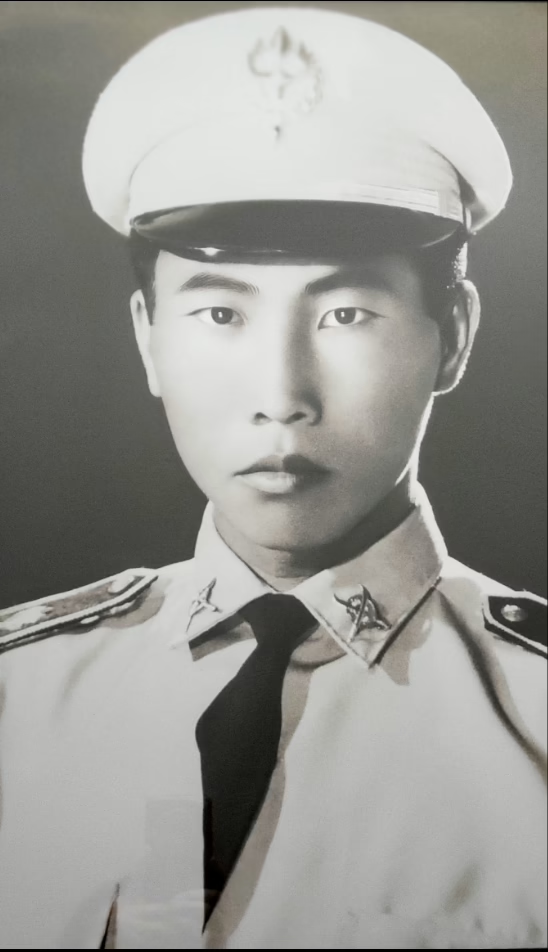
Major Vue Mai was the battalion commander for the 2
nd BV 21-2 unit in the CIA’s Special Guerrilla Unit (SGU) during the Secret War in Laos. Vue Mai was born February 2, 1936 in Xiangkhouang Province. He was the only son of his family. He also have one younger sister who pass away in the late 1990’s here in the United States. He have married two wife. His first wife, Mo Plia Lee and his second wife, Chao Lee. He have a total of 7 boys and 1 girl. His first wife have passed away in 1998 and three of this oldest son also have passed away. Those are still living are his second wife and four of his youngest son and his daughter. His father, Chong Neng Vue was a well respected leader of the Vue Clan
who pass away in the early 1980’s at Ban Vinai refugee camp in Thailand.
As a teenager he serve in the Royal Lao Armed Forces as a Lieutenant from 1957 to 1961. By 1962, he was rank as a Major, commanding the battalion 2nd BV 21-2 unit for the Royal
Lao Armed Forces and SGU. During the Vietnam War, he was among the Hmong who fought in a CIA-supported army against the communists along side with General Vang Pao. He was a respected leader of the Hmong resistance as many of the Hmong leaders in the United States say Vue Mai knew all the key players inside and outside of Laos.
Once the communists won the victory in 1975, he and his family have fled to Thailand and settle into Ban Vinai refugee camp. By 1978, he became the leader of Ban Vinai refugee camp until it was close down in 1992. In 1979, his second wife, Chao Lee along with 3 of his youngest children came to live in the United States and by 1985, his first wife and all of
his children came to settle in the United States. As a leader for the refugee at the camp, he have the privlige to visit his family in the United States many times and his last visit to the United States was in 1991.
In 1992, he was given two options; one, he could resettle in the United States and reunite with his family, or two, he could set an example for the Hmong refugees by leading them back to Laos Prior to making his decision, U.N.H.C.R. And U.S. State Department officials met with him regularly, encouraging him to return and assuring him of his safety. As a true
Hmong leader, Vue Mai felt he would be neglecting his greater duties as a Hmong leader.
He sincerely had faith in the U.N.H.C.R. Repatriation program. Then in November 1992, he repatriated to Laos. While in Laos, he had limited his contacts to only a handful of Lao government and U.N.H.C.R. Officials. He always kept a distance from any other visitors, knowing that he was being closely monitored by the Lao government. The following year
in September 11, 1993 he disappeared. To this day, Hmong rumors continued to abound as to what happened to Vue Mai.
